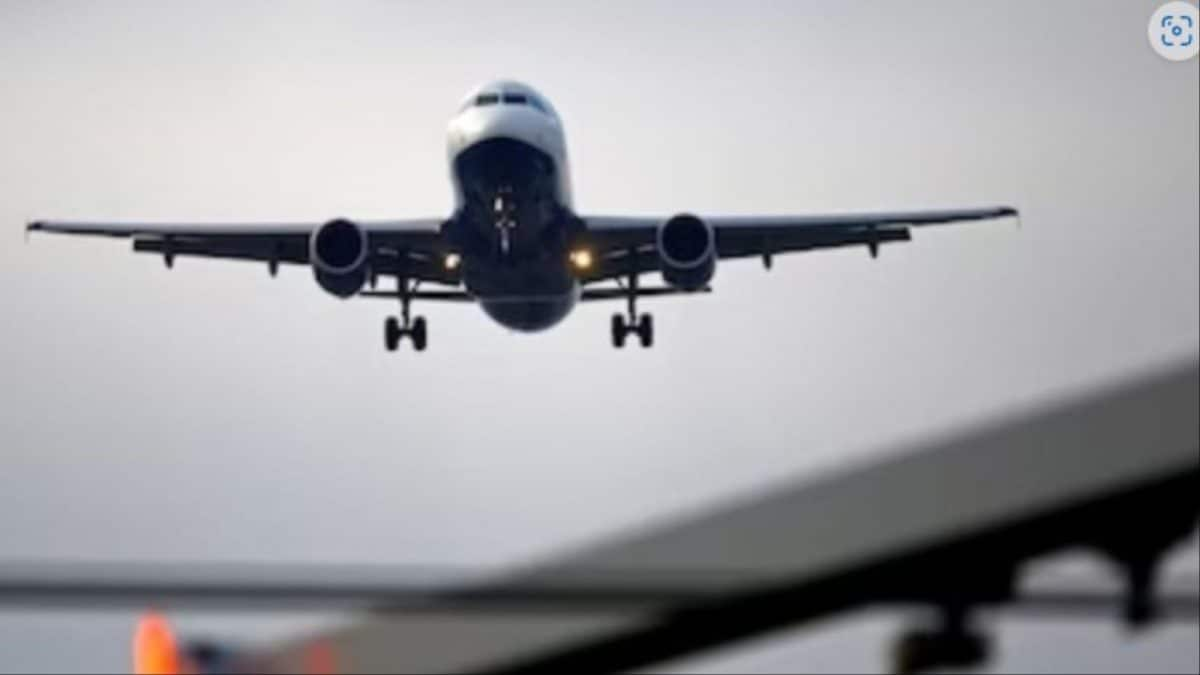 |
|
The recent incident involving Rishiraj Sawant, son of former Maharashtra minister Tanaji Sawant, highlights a unique and dramatic event in the world of aviation and politics. Rishiraj’s clandestine journey to Bangkok, Thailand, aboard a chartered flight, without informing his family, triggered a frantic response that resulted in the unprecedented mid-air recall of the aircraft. The sequence of events began with an anonymous tip to Pune police, alleging a kidnapping. This triggered immediate action, leading to the urgent communication with the flight crew. The decision to recall the flight, already over the Andaman and Nicobar Islands, involved multiple levels of verification and cooperation between the police, the Ministry of Civil Aviation, and the Directorate General of Civil Aviation (DGCA). The complexities of this operation underscore the challenges of balancing public safety with the rights of individuals, particularly in high-profile cases involving influential families.
The airline's initial reluctance to believe the initial calls from the family reflects the common skepticism towards such reports, given the potential for hoaxes. However, the rigorous verification process undertaken, involving the highest levels of aviation authority, speaks volumes about the seriousness with which the situation was handled. The decision to divert the plane without informing the passengers was a strategic move to avoid any potential confrontation or escalation. This reveals a deep understanding of crisis management and the importance of maintaining calm under pressure. The subsequent surprise and anger of Rishiraj Sawant and his friends upon landing underscores the lack of transparency and the unusual nature of the situation. Their reaction further highlights the tension and intrigue surrounding the event.
The aftermath of the incident, including Rishiraj's explanation of his actions, sheds light on the underlying family dynamics and the potential for miscommunication and misunderstanding. While his 'business trip' explanation provides a plausible reason for his actions, it also raises questions about the communication breakdown within the family and the impact of political connections. The case raises broader questions about the security implications of chartered flights and the ease with which high-profile individuals can travel discreetly. The involvement of the CISF in escorting the passengers off the plane demonstrates the seriousness with which the authorities treated the situation, ensuring public safety and the protection of all involved. The subsequent inquiry by the DGCA will likely delve into the protocols and procedures followed, ensuring similar incidents are handled with equal efficiency and discretion in the future.
This case study provides valuable insights into several areas. It highlights the effectiveness of swift action by law enforcement in response to credible threats. It also showcases the intricate coordination between various government agencies in managing critical situations involving aviation security. The incident underlines the importance of clear communication, both within families and between governmental agencies. The fact that the flight was diverted over a considerable distance also raises considerations regarding the logistics of mid-air flight diversions and the need for improved procedures in managing similar situations. The response underscores the significant challenges faced by authorities in balancing the public interest with individual rights, especially when dealing with high-profile cases that have a significant media impact.
The event serves as a reminder of the complexities of modern security protocols and the challenges of balancing individual freedoms with the need for public safety. The high-profile nature of the individuals involved and the unprecedented mid-air recall of the flight make this a significant case study in crisis management and the coordination required between various government agencies. Further investigation and analysis of the incident will likely shed more light on the finer details and lead to further improvements in procedures for handling similar situations in the future. The event may also trigger a review of the regulations surrounding chartered flights, especially regarding passenger identification and security protocols.
